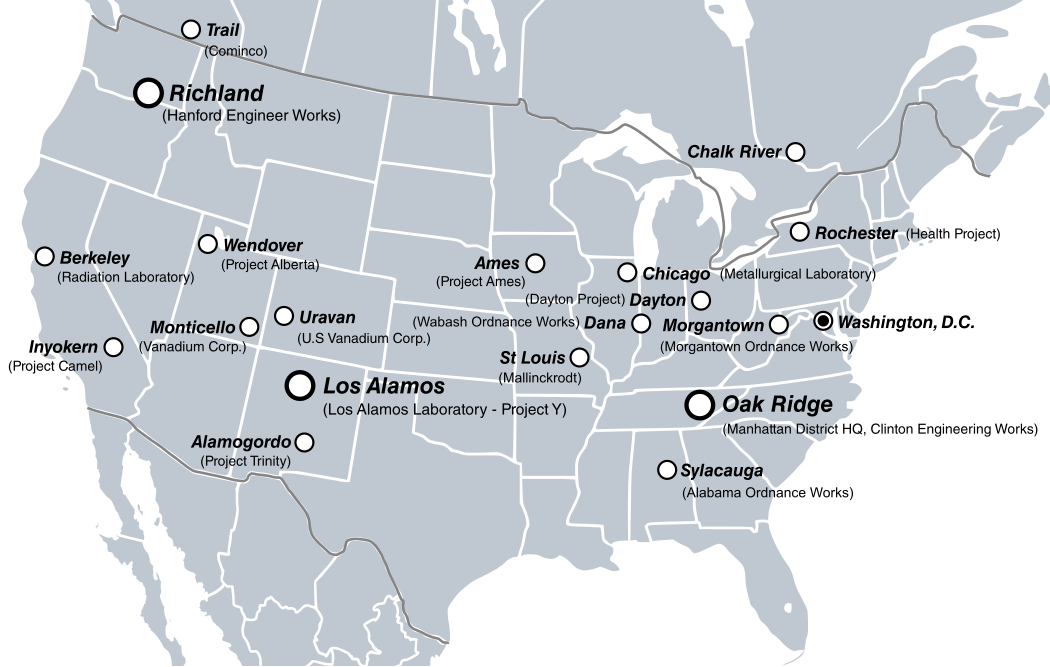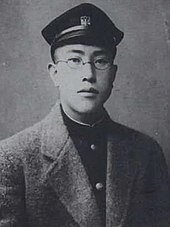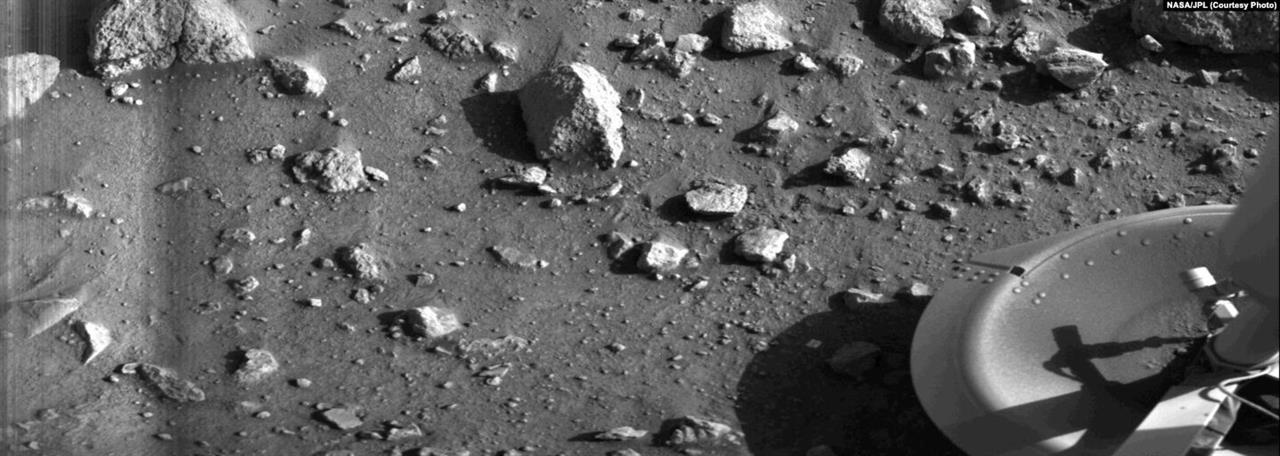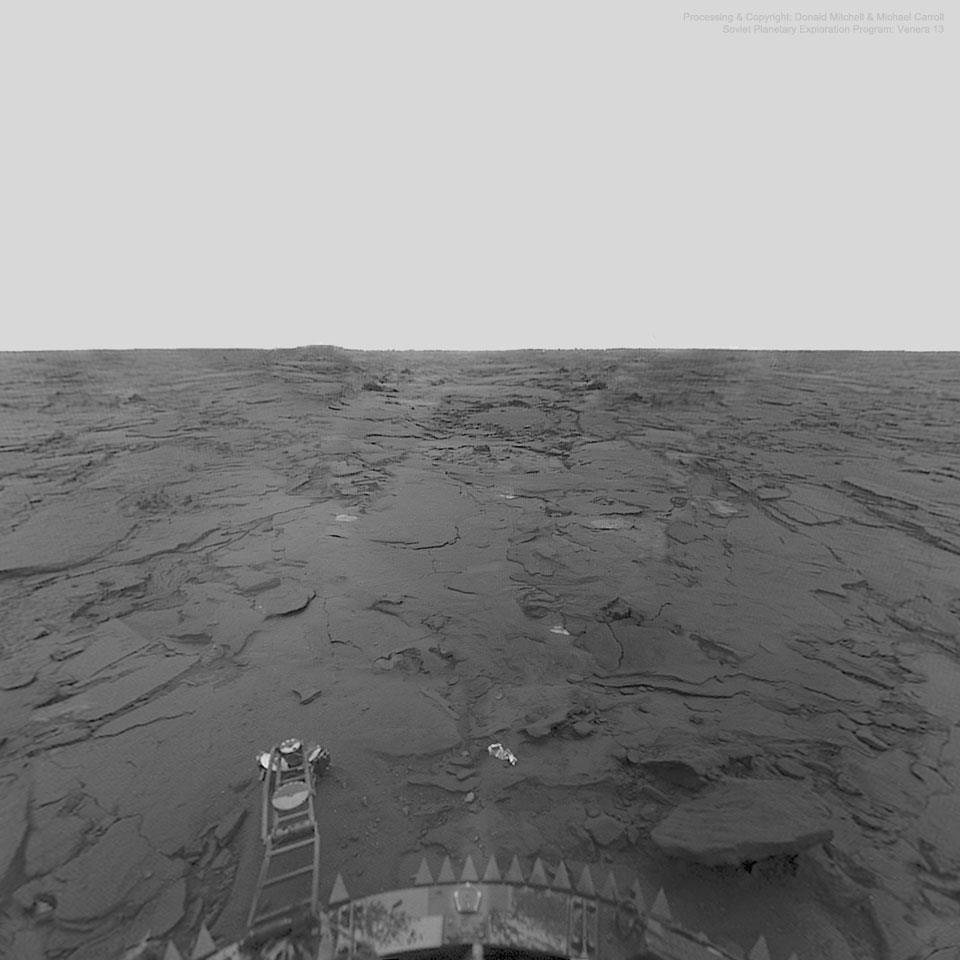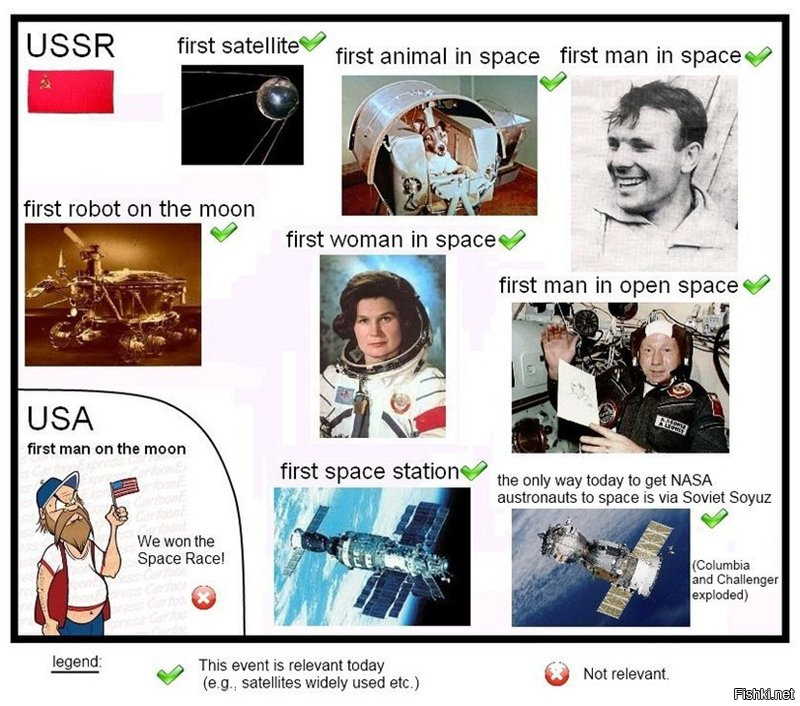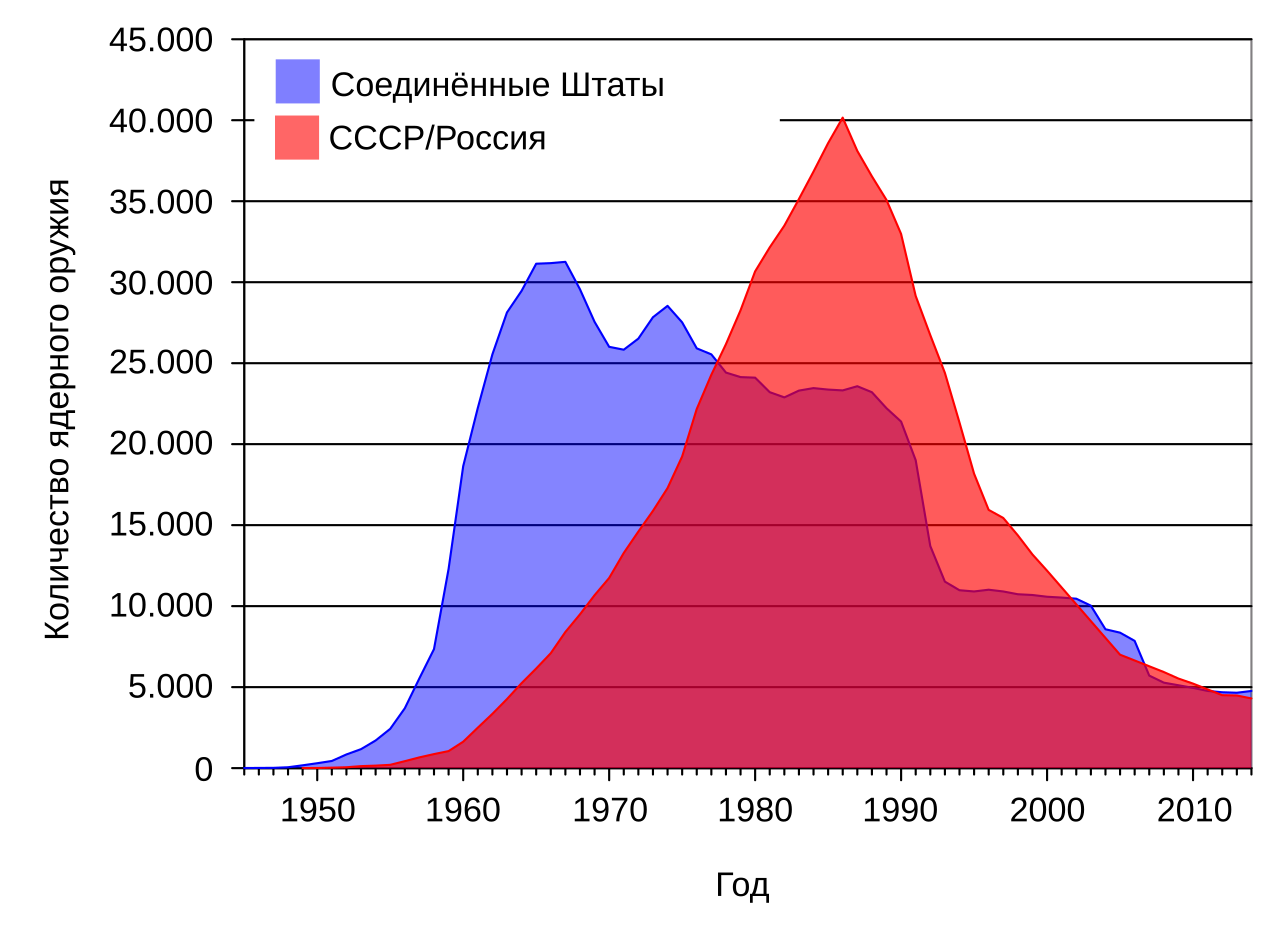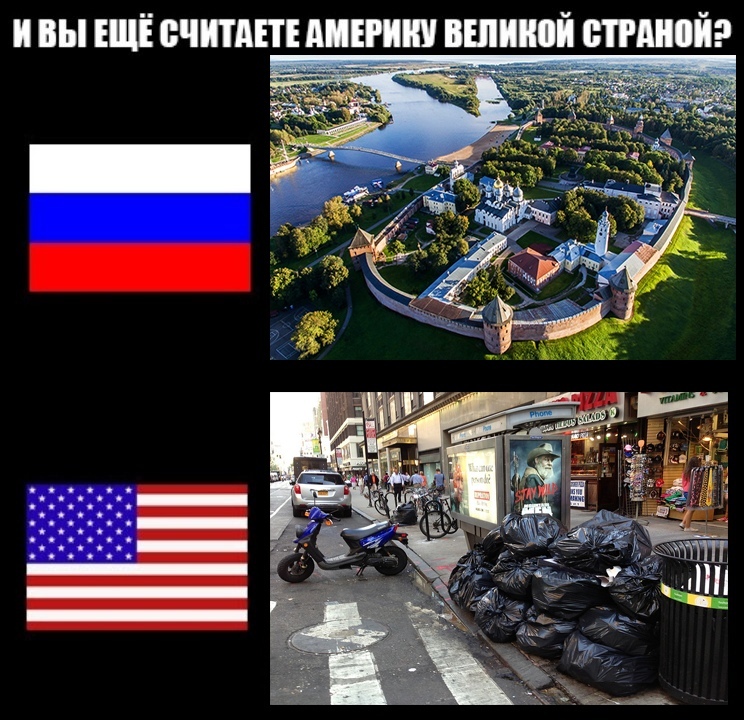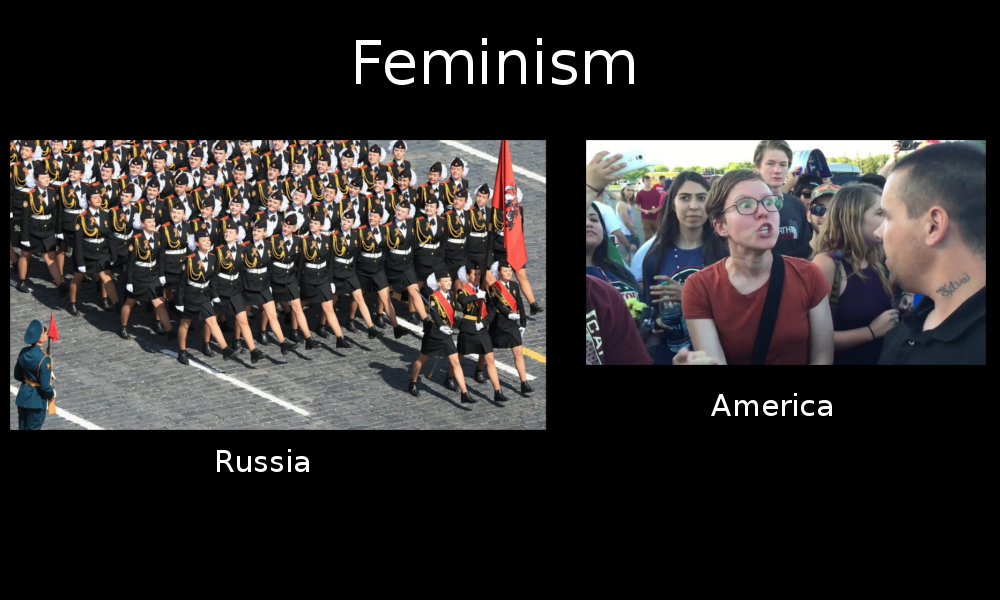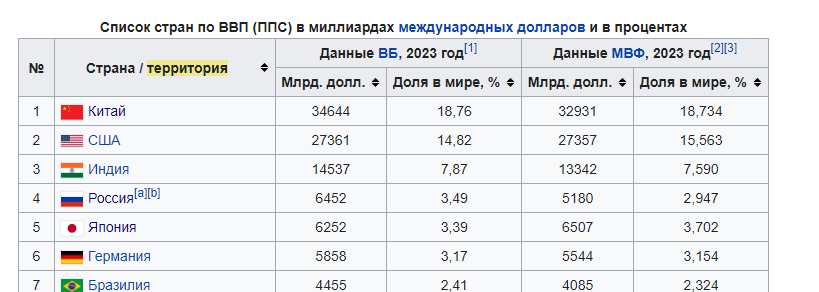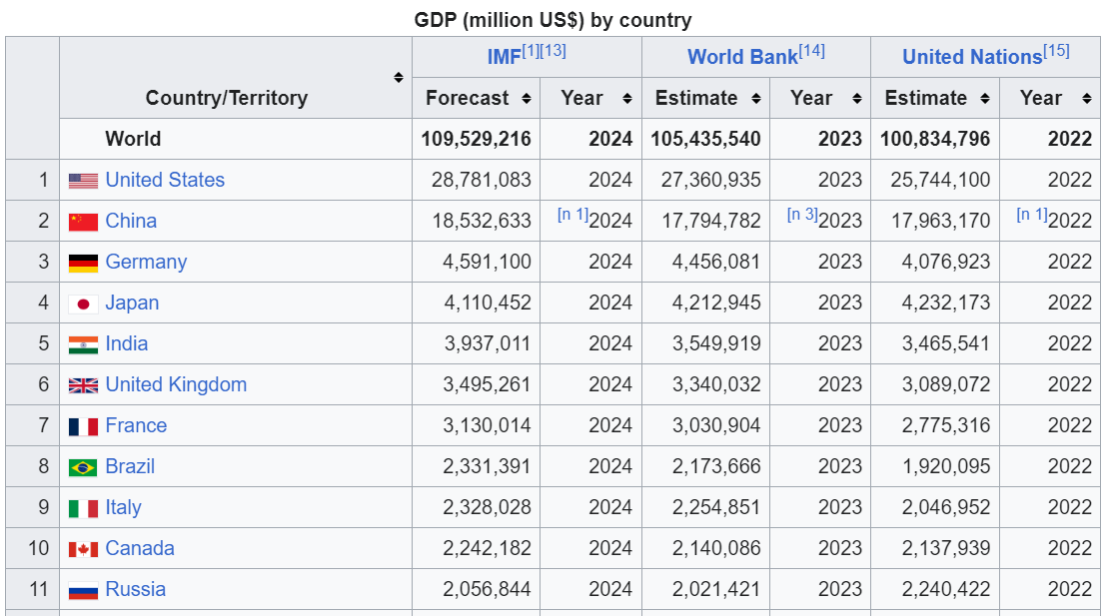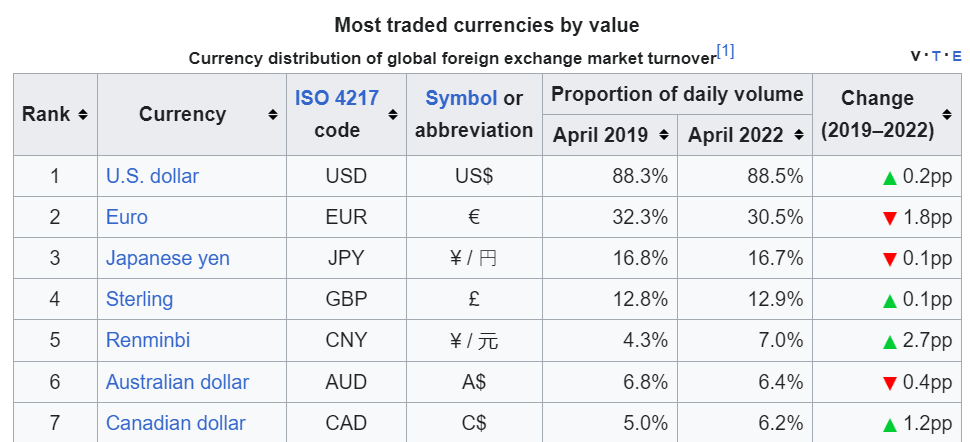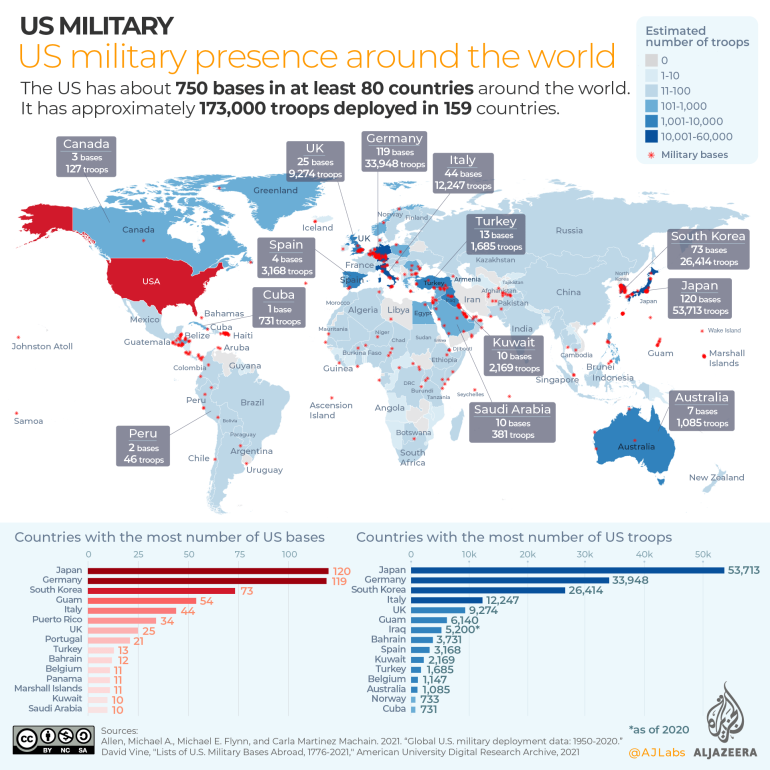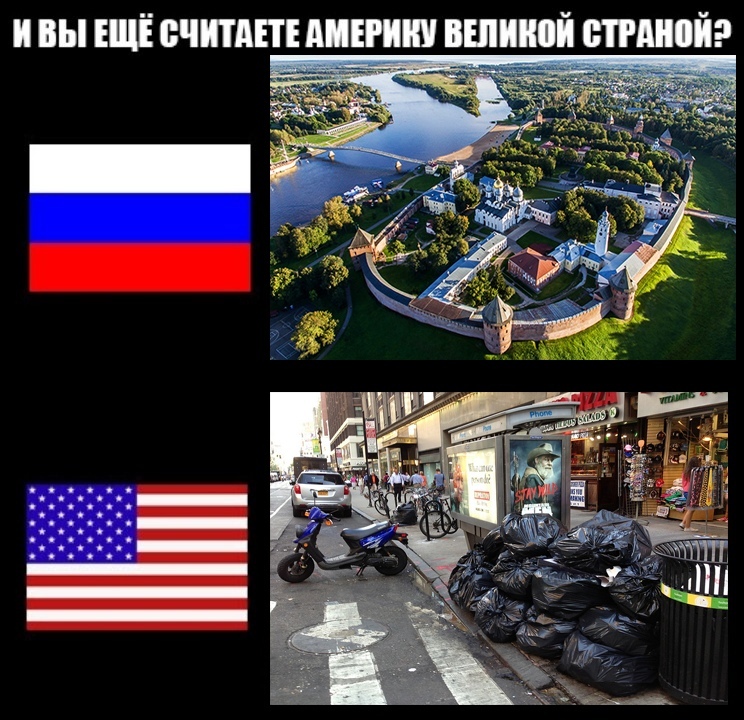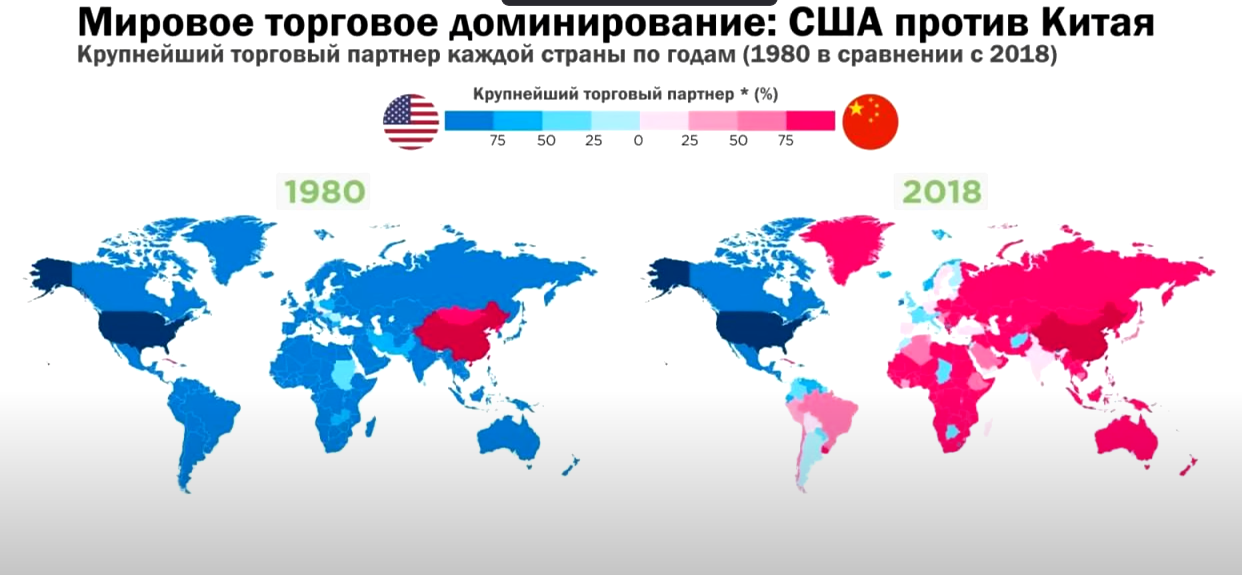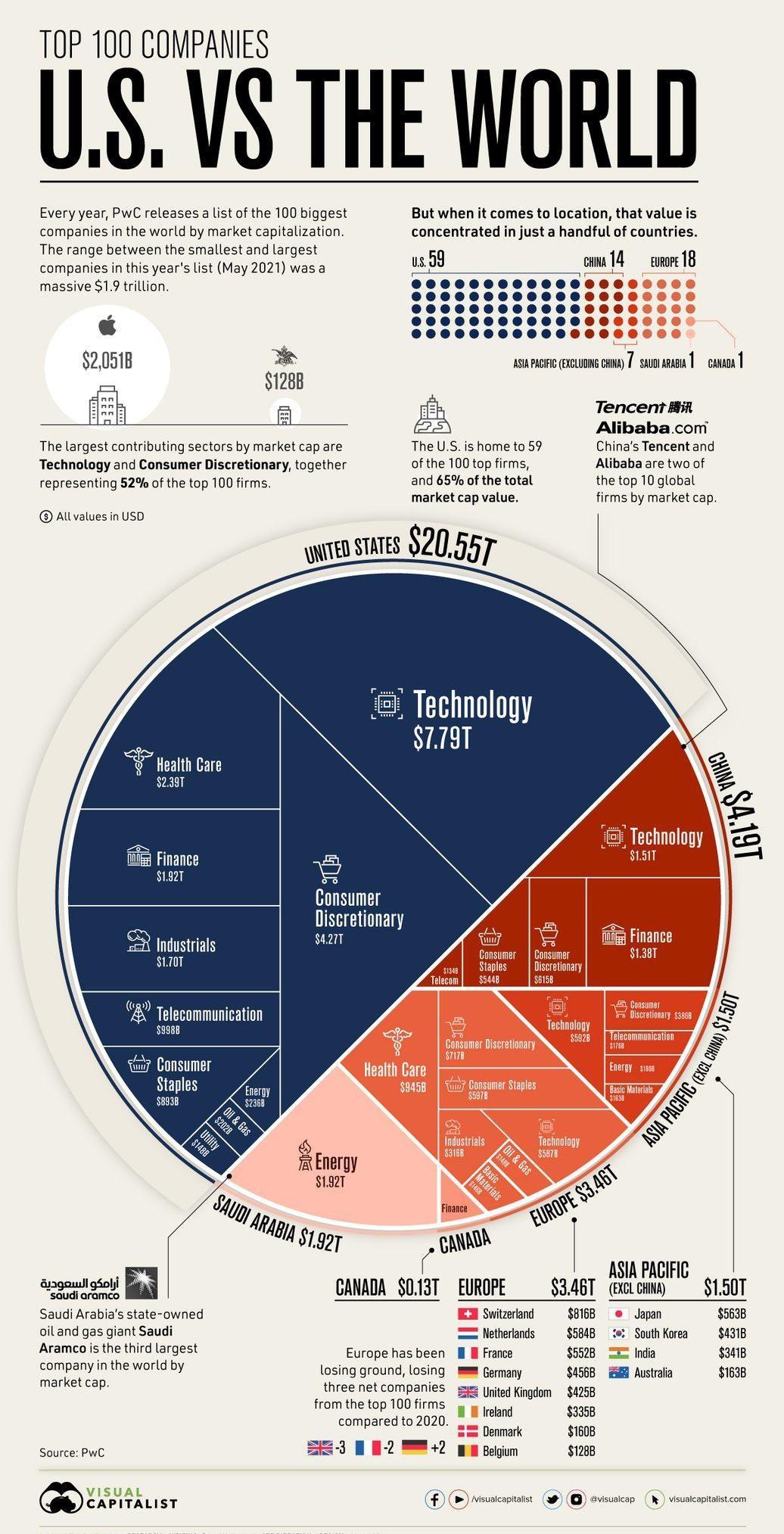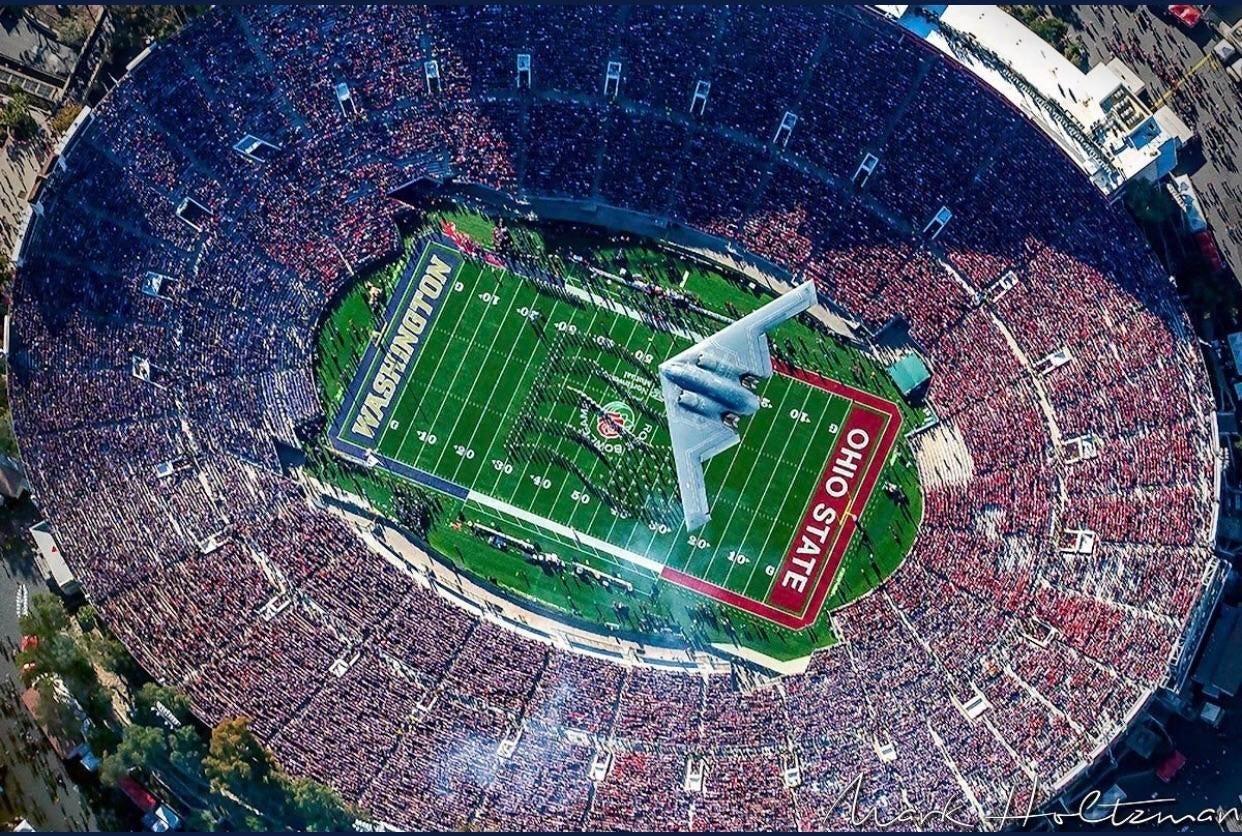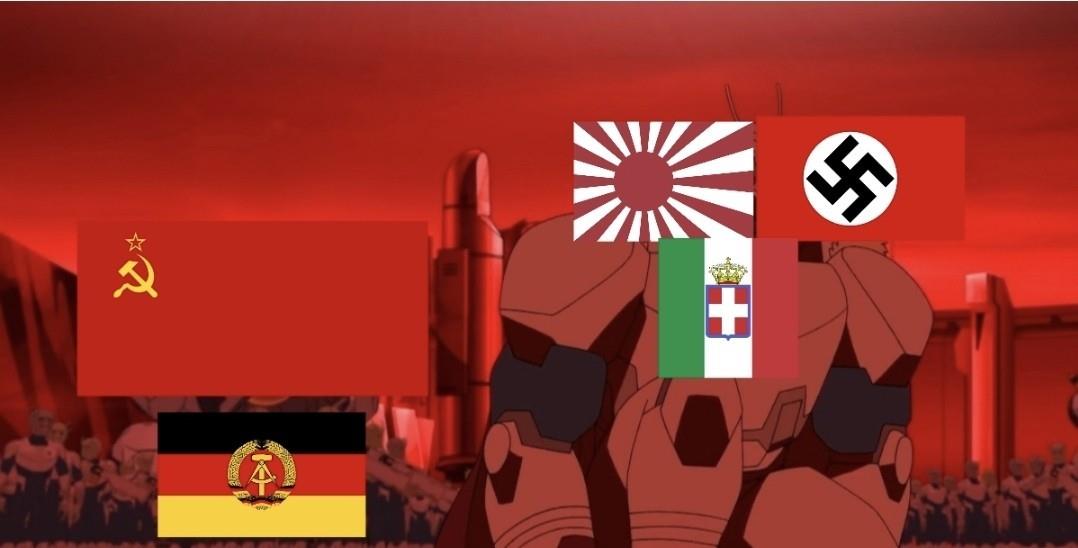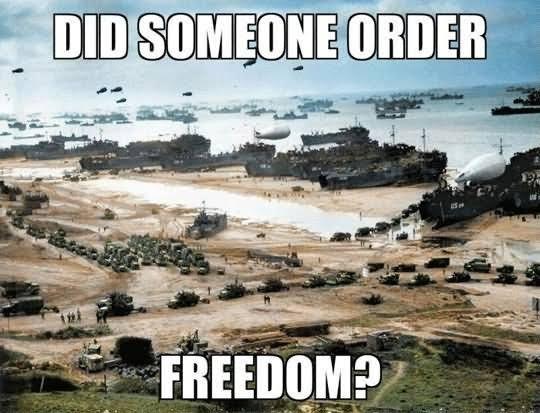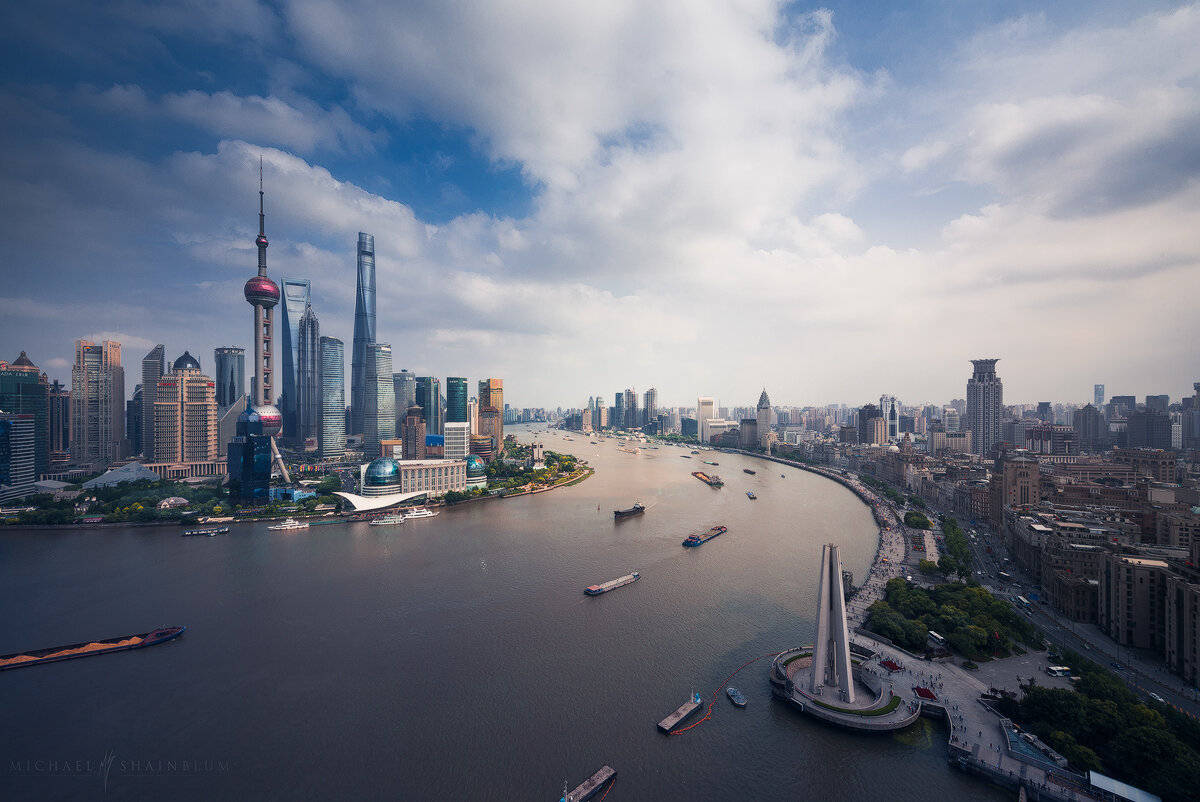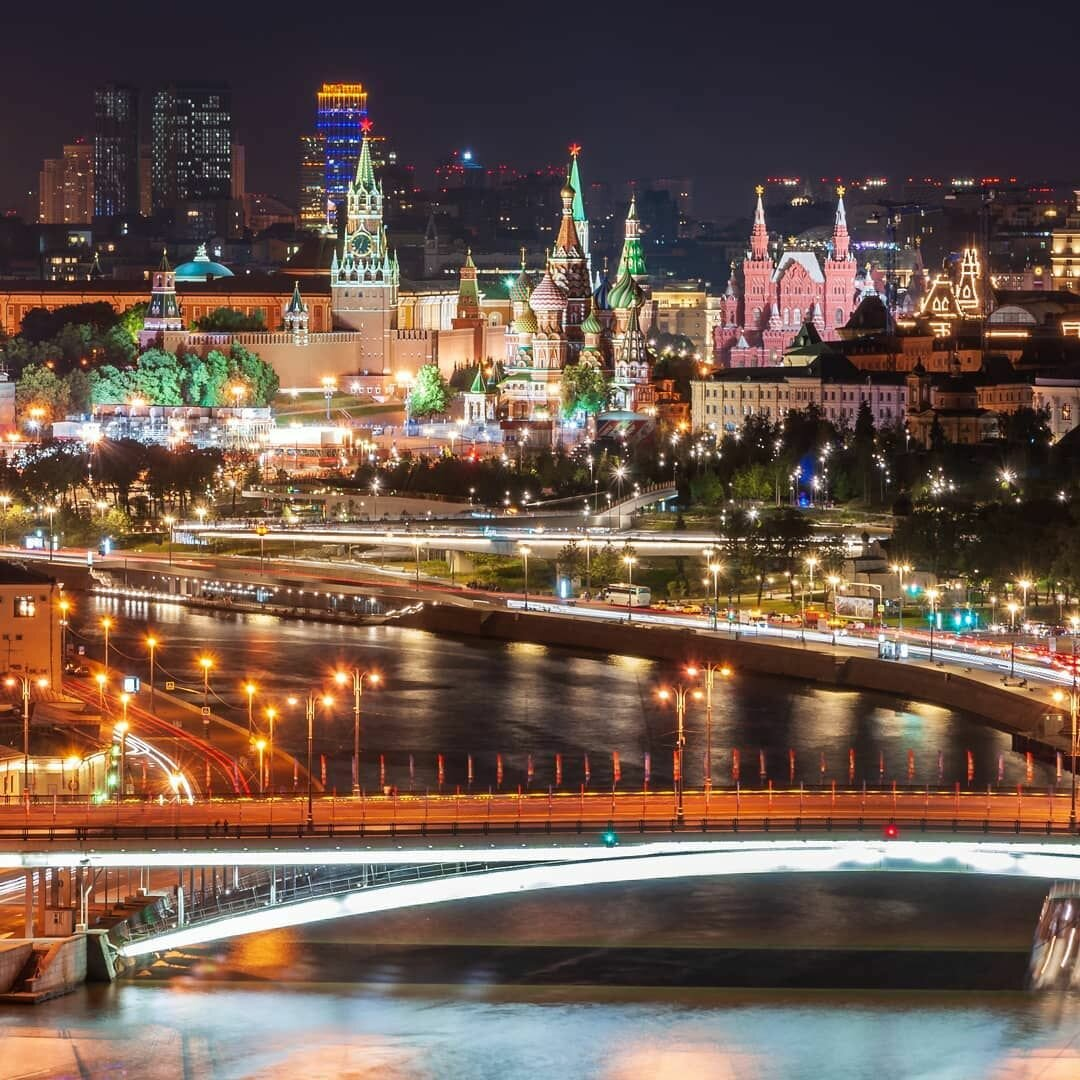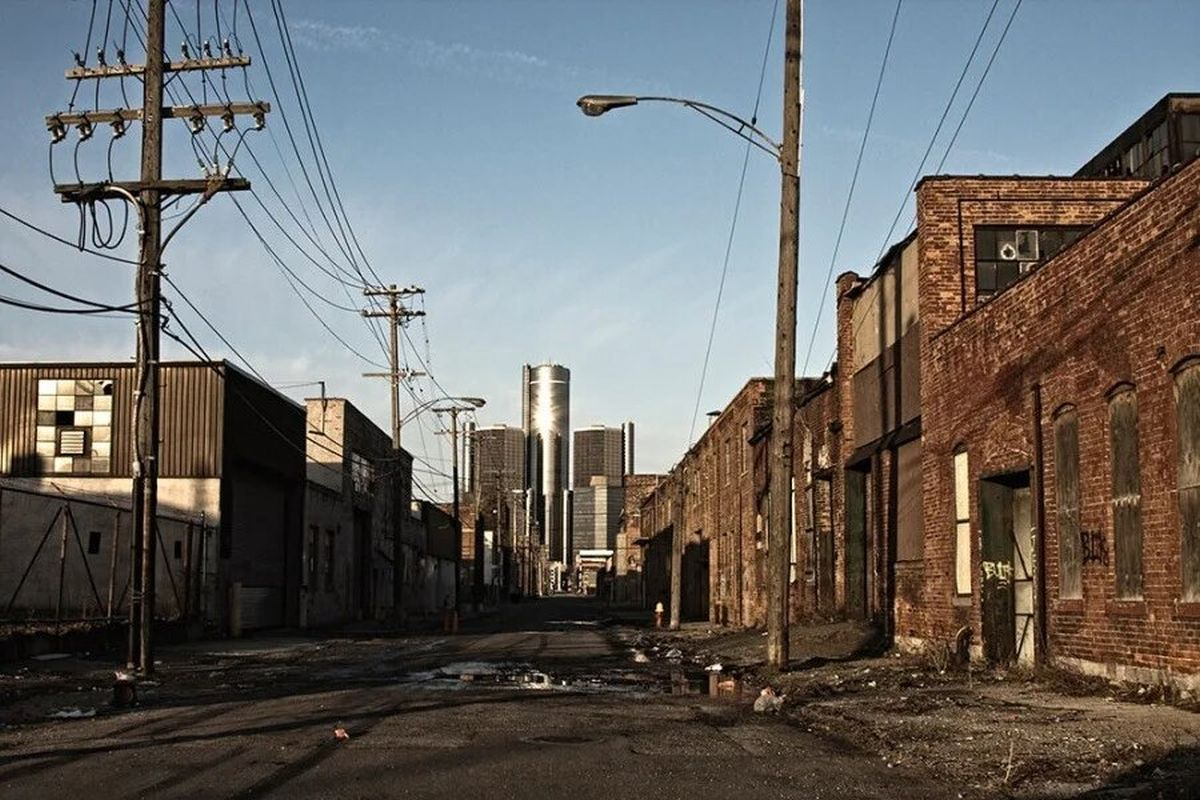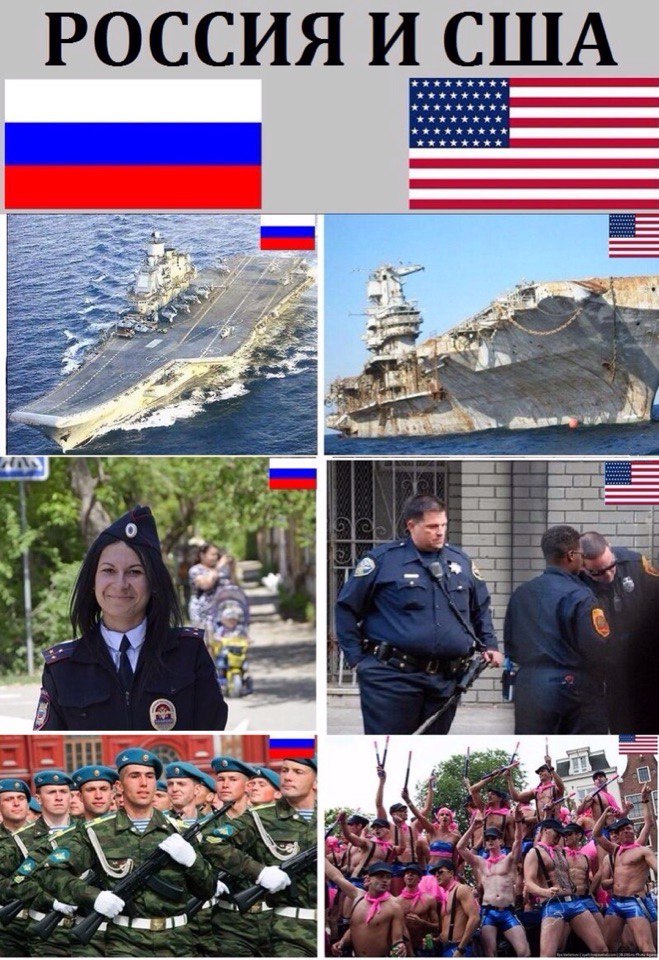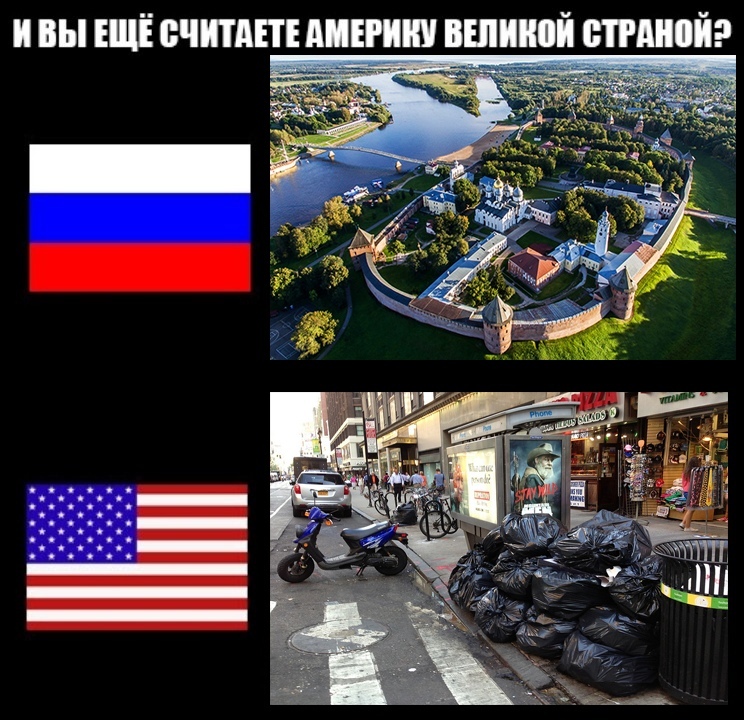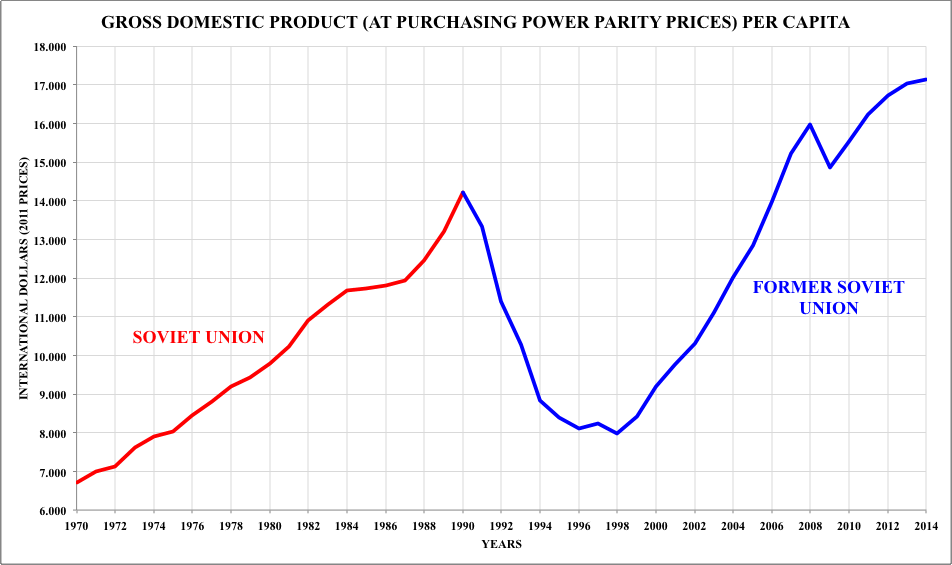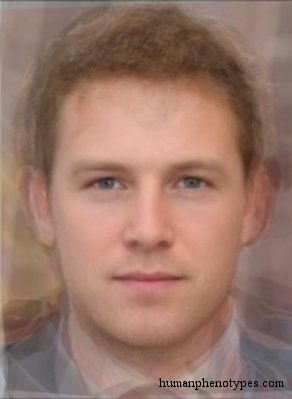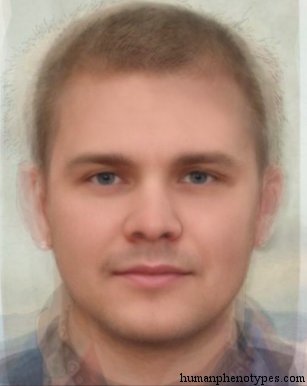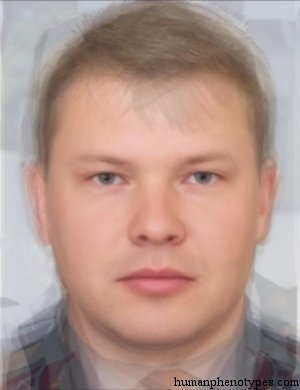D
Deleted member 83081
wild bnuuy
- Joined
- Jul 22, 2024
- Posts
- 2,159
- Reputation
- 2,739
Short AnswerWithout german brain-drain due to the empowerment of the Nazis, U.S wouldn't have had the capability to develop the atomic bomb. The underlying science needed for the mere idea of atomic bombs come from germans too.
The average person's lack of knowledge about WW2 can lead them to believe in such myths.
So you talk nonsense like this
In reality, the Germans were far from being able to build an atomic bomb.
Moreover, the atomic bomb was not an important factor in the course of the war. There were more important innovations that affected the course of the war, and these were made by the British and Americans of British origin. For example, the Anglo-Saxons were far more advanced in radar, artillery and fire control systems, fighters, bombers, petrochemicals, electronic warfare, telecommunications, navigation and mapping systems, tank destroyers, motorized engineering, guided munitions, incendiaries and air-to-surface rockets, medicine, firearms, navy, sonar, etc. The Japanese or the Germans had no chance of winning. And these technological and scientific breakthroughs in the Anglo-Saxon countries were largely made by people of British origin. "Muhhh German scientists" is the biggest cope.
I could explain the above paragraph at great length, but that is not the point.
Now about the atomic bomb.
Detailed answer
In 1942, three years after the first test at the University of Columbia, a stack of 29 prototypes using radium-beryllium as a neutron source to bombard uranium with neutrons was built under the football stadium at the University of Chicago.
On December 2, 1942, 16 days after the approval of the construction of the los alamos national laboratory, which would take over from the lab at the university of california berkeley, the lab that had provided the most innovation for the manhattan project, the us nuclear weapons development project,
the first artificial nuclear chain reaction on this planet was achieved in that pile, Chicago pile-1.
The cp-1 pile was deemed unsafe. within three months the pile was dismantled and reassembled at its original location in the argon forest, as cp-2.
The facility in the forest, like the one under the stadium, was run by the metallurgical laboratory of the university of chicago's met-lab. the physicists were led by arthur jeffrey dempster, the man who discovered u235.
The uranium used in the Chicago pile-1 was provided by the ames research and development project, part of the manhattan project.
The uranium metal was made from uranium from Belgian Congo. In 1942, there were 1,200 stores of uranium from the Congo on Staten Island, New York.
After Congo, Canada supplied the most uranium to the Manhattan Project.
cp-1 had paved the way for the bomb. it was almost certain that plutonium would be produced in a reactor made of natural uranium and a bomb would be made. henceforth, the emphasis was on the carbon decelerator reactor model. heavy water studies were put on the back burner.
On February 16, 1943, with the approval of Major General Leslie Groves Groves of the Army Corps of Engineers (USACE), construction of the plant began at Hanford. (The USACE, with a construction history stretching from Incirlik Air Base and Kennedy Space Station to the Panama Canal, had completed construction of the Pentagon that same year.)
groves was the man in charge of the manhattan project.
at hanford, north of richland, washington, plans are drawn up for 3 reactors to produce plutonium and a separation plant for each. the hanford reactors are similar to the cp-1 stack, but they will produce 250 mw of power, whereas cp-1's power was in watts.
Dupont undertook the construction of the reactors.
However, although plutonium was first physically obtained in the cyclotron at uc berkeley's lawrence berkeley national laboratory in the 1940s, there were still so many unknowns about the properties of plutonium at this stage that groves' office decided to pursue uranium enrichment by all possible means.
Although a full-scale centrifuge unit is built and tested in pilot plants, the development of the centrifuge method is abandoned because it is not considered to meet the immediate need for large quantities.
the report of the committee led by mIT professor warren k. lewis puts the gas diffusion method in the lead, but the calutron* of ernest orlando lawrence, the inventor of the cyclotron, takes center stage.
On February 18, 1943, construction begins at oak ridge, Tennessee, on the Manhattan complex, which will absorb the most funds and materials of the Manhattan project.
On April 20, the University of California takes over the Los Alamos Laboratory.
the seminars held after the opening of los alamos focused on how to detonate the bomb. for this purpose, it was necessary to prepare the bomb in subcritical fissile mass pieces, bring them together at the moment when it was to be detonated, bring them to supercriticality, and in the meantime, compress the system so that it would expand and disperse with the heat it generated. two methods were on the agenda for the compression process; 'barrel' and 'denting'.
In the barrel method, two subcritical hemispheres were to be prepared, with pieces of polonium in the center of one and pieces of beryllium in the other. they were then to be placed at the two ends of a closed cylinder, with their flat surfaces facing each other, and one of the masses was to be ejected by firing a conventional explosive outside and merged with the other to make the total mass supercritical.
In the meantime, since the polonium and beryllium in the center would have come together, the beryllium, bombarded by the sub-alpha particles illuminated by the polonium, would have produced neutrons. in the supercritical mass, these neutrons would have multiplied exponentially, generation after generation, approximately every microsecond, leading to an avalanche of intense fissions. the heat released until the system disintegrated was the yield of the bomb.
in the collapse design, the fissile mass fragments had the geometry to form a sphere. the firing of conventional explosives on the outside of them would squeeze them together in the center and form a sphere with a smaller radius but a much higher mass density, hence a supercritical sphere. the center would again contain polonium and beryllium. after the theoretical study of the designs was completed, bomb containers were made from the strongest steels known and 'dummy' bombs were placed inside them and detonated.
in july 1943, 59 tons of uranium metal were being produced per month under the ames project.
on august 14, 1943, 55.7 acres of land along the gunnison river was leased, including a railroad.
the stearns-roger company built plants for u.s. vanadium throughout colorado, including the largest at uravan, uravan, naturita and durango.
one was also built in Utah.
at these plants, vanadium deposits were converted into yellowcake, a mineral ore produced from uranium.
on november 4, 1943, the first chain reaction in the world's second nuclear reactor, the x-10 graphite reactor at oak ridge is achieved.
construction at oak ridge begins with the groundbreaking for the electromagnetic separation plant, code-named y-12.
groves convinces tennessee eastman (see: kodak), as he would later do with others, to offer an unprofitable deal to build and operate the plant. allis-chalmers would supply the vacuum pumps, while general electric and westinghouse would supply the electronics.
The number of calutrons in y-12 is 864, the large-sized ones scientists call alphas,
the small size of what they call beta.
would reach 1,152, including 350.
According to calculations, the critical mass for 80 percent enriched uranium is 56 kg, a sphere with a diameter of 11.5.
aka the pit, or more dramatically, the demon core.
For plutonium, these values are 11 kg and 8 cm. of course, in order to increase the energy output, it is necessary to use even more fissile material. ways to reduce the critical masses are sought and found.
the fissile material is surrounded by a thick shell of natural uranium,
this shell not only holds the fissile material together for a fraction of a second longer during the explosion, but also reduces the number of neutrons escaping. therefore, not only will the chain reaction take longer, but the reflected neutrons will cause additional fissions, reducing the amount of fissile material required for criticality. quantities go down to 15 kg for uranium and 5 kg for plutonium. the uranium bomb is called 'little boy' and the plutonium bomb is called 'fat man'.
On September 13, 1944, 11 months after construction began, the 250 megawatt b reactor, the first of Hanford's three reactors, was loaded with fuel and went critical on September 26, 1944.
but hours after reaching full power, it shuts itself off. after a few hours it goes critical again, after 12 hours it goes critical again.
apparently, the reactor's effective replication factor, k, exhibits periodic oscillations, sometimes rising above 1 and sometimes falling below 1. the source of the problem was identified by john archibald wheeler. some of the fission products have a high tendency to absorb neutrons. when the reactor becomes critical and starts to operate, these products accumulate over time, lowering k below 1 and causing the shutdown. On the other hand, the same products have a short half-life on the order of hours. since they decay and disappear after the reactor shutdown and new ones can no longer be formed, k rises back above 1 and the reactor starts to operate. the solution is to increase the stock of uranium fuel in the reactor to increase the minimum value of k released to 1. wheeler had foreseen that some problems might arise when the reactor was still in the design phase. he had even asked the du pont engineers building the reactor to open 504 more fuel channels in addition to the 1,500 specified in the plans. his request had attracted lightning because it delayed the construction of the reactor and increased its cost by millions of dollars. now, however, his intervention would save the reactor. some of the empty channels began to be refueled and some began to be connected to the cooling water system.
On October 21, 1944, after 19 days of fighting, Aachen was captured by the First American Army, becoming the first German city to fall to the Allies.
The t-force teams of the alsos mission, whose mission was to gather intelligence on the German nuclear program, German chemical and biological weapons, the systems capable of carrying these weapons, and the scientific advances made by Nazi Germany in all these areas, entered Germany with the American infantry.
On December 17, 1944, a squadron was formed, the 509th Composite Group, capable of delivering bombs on target. the group was based at Wendover Field, Utah, and consisted of 15 purpose-modified B-29 bombers.
Also in the 1944 interval, the second of the reactors at Hanford started producing plutonium.
in january 1945, the k-25 gas diffusion plant at oak ridge
phase comes into play.
The k-25 building alone has 9,000 workers working in three shifts and the plant is operated 24/7.
s-50 thermal diffusion plant at oak ridge, March 1945, 2,100
the entire pillar is fully operational.
After the "alpha" array of calutrons was finally activated and the ground shifted, the y-12 facility, which had been a maintenance nightmare, with metal tiles shifting, joints and welds cracking and leaking under the influence of strong magnetic fields, is now receiving regular weekly shipments of 89% enriched uranium to los alamos. of course, there were thousands of problems as they tried to do something that no one had ever done before on the surface of the earth, but the americans were able to overcome them.
in november 1944, the work of the alsos teams had uncovered clues that led them to a company in paris that processed rare earth elements and had been taken over by the auergesellschaft. in early march 1945, the captured Germans were interrogated and it was learned that a facility in oranienburg owned by the auergesellschaft was processing uranium and thorium. groves suggested to george c. marshall, the us chief of staff, that a bombing raid be carried out on the facility to prevent the material from falling into the hands of the soviet army.
On March 15, 1945, 612 B-17s of the US 8th Air Force dropped 1,500 tons of high explosives and 178 tons of incendiaries on the Oranienburg plant, destroying it.
oranienburg is still the most radioactive city in germany
in april 1945, plutonium production at hanford comes online at full capacity. three reactors and three chemical separation plants operate in synchronization. in the fully automated and remote-controlled separation plants, the entire process is monitored continuously by the first closed-circuit television system in the usa. there are 16 underground repositories for radioactive waste from the plant. 120 kg of production is expected by the end of the year. Enough for 19 fat men.
in april, president roosevelt dies. his vice president harry s. truman will succeed him. after being sworn in as president, he is briefed for the first time on the manhattan project.
On April 23, 1945, in an operation called big, the t-force teams found the b-viii nuclear reactor in Oranienburg, where the plant had been shipping uranium cubes until it was destroyed by the American air force.
when the Americans and the British dismantled the B-viii reactor at Haigerloch.
The reactor at haigerloch was operating as a sub-critical assembly, i.e. as a device for the safe measurement of reactor parameters and for the training of personnel.
haigerloch was a subcritical nuclear device, unable to sustain a chain nuclear reaction on its own without an external neutron source.
German nuclear technology in April 1945 was inferior to what the Americans had in December 1942.
The German stockpile of 1,200 tons of uranium ore was seized and brought to the United States. In addition to the US uranium processed from vanadium deposits, Canada supplied 907 tons of uranium to the United States for the Manhattan Project.
The price of a pound of uranium metal had fallen from $1,000 to $1.
It was not only because the United States had built a uranium processing and refining industry so large that Nazi Germany would never have dreamed of building even a quarter of a quarter of it.
In addition to a total of 1,200 tons of uranium from the Belgian Congo in 1942, the US received another 3,000 tons of uranium from the Congo.
Germany also seized 1,200 tons of uranium from a factory in Olen, Belgium, which had fallen into the hands of the American army in April 1945.
but because the United States has the largest industry in the world, the world is the largest in history.
It was able to build its navy and thus, unlike the Axis powers, it was able to continue to use Africa and South America as a mine.
the US had also captured heavy water from the Germans.
3 heavy water production facilities were built in West Virginia, Indiana and Alabama as part of the p-9 project, Manhattan's sub-project to produce heavy water.
19,619 kg of heavy water was produced in these facilities, while the amount seized from the Germans was 1,429 kg.
On April 30, 1945, Hitler shot himself.
On May 14, 1945, the u-234 submarine of the german navy* was intercepted south of grand banks by the uss sutton, a cannon class destroy escort ship of the us navy. members of the crew seized the submarine and took it to the portsmouth naval shipyard adjacent to portsmouth, new hampshire, on the southern maine border.
The cargo on board the submarine included designs for new electric torpedoes, a crated me-262, birhenschel hs 293 and 550 kilograms of uranium oxide. also on board were German and Japanese officers, scientists, civil engineers, specialists and a general.
The purpose of the submarine was to inform and teach the Japanese about the technological innovations that Germany had.
uranium had already been sent by Nazi Germany to the Japanese Empire in certain quantities since the end of 1943.
And what percentage of that was weapons-grade uranium?
zero percent
There was no such thing as "weapons-grade" uranium/plutonium outside North America during the second world war, until the day the US sent nuclear bombs to the Pacific islands.
From 1943 onwards, the US also sent uranium to the USSR as part of the lend-lease program, the Allied aid program, but of course it was not weapons-grade uranium.
in june 1945, the 509th mixed group at wendover field, utah, was moved to tinian island in the pacific. only 2,300 km from tokyo. by july, 50 kg of enriched uranium had accumulated at los alamos. Enough for little boy. Almost everyone is sure that the uranium bomb will work with a simple "barrel design". but there is less confidence in the complex "denting" design of the plutonium bomb (which is the design of all modern nuclear weapons except artillery shells).
It was a "plutonium press" in Los Alamos that formed the plutonium-gallium alloy in the bomb into a hemispherical shape.
The non-nuclear, conventional explosives, explosive mixtures, assemblies and detonators in the bomb were developed and tested at the salt wells pilot plant at the naval ordnance test station (nots) in northeastern California as part of Project Camel.
nots, now known as naval air weapons china lake, is the navy's largest property, covering twelve percent of california's airspace, conducting and supporting the us navy's r&d and testing programs, a massive military base whose use for weapons and armaments research, development, acquisition, testing and evaluation occupies eighty-five percent of all navy land, and thirty-eight percent of the navy's land worldwide.
the bomb was detonated in a 30-meter-high tower
and fired by remote control at 5:29 a.m. on July 16. At 25,000,000 tons of tnt, the force of the explosion was greater than expected.
The name given to the test was "trinity".
On July 24, 1945, Truman tells Stalin that the US has nuclear bombs, but Stalin already knows this thanks to spying.
(see: klaus fuchs)
(see: rosenbergs)
fat man and little boy, in pieces, on ships and airplanes to tinian island
transported. They're assembled by a team from Los Alamos.
little boy contained 64 kilograms of uranium with an average enrichment of 80%. On the morning of August 6, 1945, it was released from a plane called the Enola Gay. At 8:16 a.m. it exploded at an altitude of 580 meters with a force of 15,000 tons of tnt, beginning a new era in world history.
A single bomb - in the first sense of the word - wiped out tens of thousands in the blink of an eye.
fat man contained only 6.2 kilograms of plutonium. At noon on August 9, 1945, it was released from a plane called bock's car. at 11:02 a.m. it exploded 500 meters above nagasaki with a force equivalent to 21,000 tons of tnt.
In seconds, it killed tens of thousands. later, burns and other injuries and radiation killed tens of thousands more.
On August 15th, Japan surrendered.
By the end of the war, oak ridge had grown into a city of 75,000 inhabitants, with supermarkets, theaters, cinemas, sports facilities and hundreds of miles of highways.
What if things had gone in a different direction? What would have happened if Germany had marched to victory on the eastern front without making mistakes?
Could the Nazis have achieved a nuclear weapon?
In the summer of 1946, gernort zippe (father of the zippe-type centrifuge) and max steenback, who had been captured by the soviets, continued nuclear work for the soviets in the summer of 1946 at the institute led by the famous scientist manfred von ardenne in a suburb of Sukhumi called "sinop".
zippe and steenback create the most advanced centrifuge of the time. it is called the zippe-type centrifuge, but zippe himself calls it the russian centrifuge. it makes it possible to enrich uranium much more economically and paves the way for the 2nd/3rd world to have access to it.
The thing is, this perfected centrifuge had appeared in the early 1950s.
The Soviet Union built its first nuclear reactor by copying the American Chicago Pile-1 reactor.
The f-1 nuclear reactor began operating on December 25, 1946.
The USSR also tested a nuclear bomb on August 29, 1949, based on designs it had obtained from the Americans through espionage.
why didn't he make it based on German bomb designs ? because there was no German nuclear bomb design that had reached a serious level. sscb captured German scientists, but the first reactor and the first nuclear bomb were completely copied from the americans.
zippe and his product appeared in the 50s. then zippe went to west germany and then to the usa. and continued to work in the centrifuge field.
the usa continued to multiply soviet nuclear weapons production by five or even ten times, with or without the use of zippe-type centrifuges in the ussr.
It was like that all through the 50s and 60s, until curtis lemay retired and the US armed forces evolved from being an apocalyptic force with 1,000,000 times the cumulative firepower of the fat man dropped on nagasaki under the leadership of strategic air command to being a force that made multiple nuclear warheads more lethal in terms of accuracy.
Finally;
Could the Nazis have built a nuclear weapon before the Americans? Is there an answer to that question?
Yes there is, they couldn't.
The scientist Wilhelm Groth, who was captured not by the Soviets but by the Americans, was able to enrich uranium in centrifuges up to a maximum of 5 percent during the war.
This document from October 8, 1957 is a compilation of the work of the team including Steenback and Zippe from 1945 to September 1956. And the reports show that the speed with which they developed their own centrifuges and the speed with which they worked with equipment from Nazi Germany, such as the tunsgten vacuum furnace, shows that even if the Nazis had won a decisive victory in the east, Without producing a single bomb pit, the US would have had enough atomic bombs to drop on a dozen targets planned by the British air force, to hit German-controlled oil fields and refineries, and to drop on German divisions from Lockheed P-2 Neptunes, since the US had 50 atomic bombs in 1948.
Instead of looking for "economic" solutions in the Manhattan Project, the United States allocated unlimited funds and means to analyze what could be done and what was possible, as well as what could not be done and what was not possible, and to make them possible, it was the only country in the world that could do this, which is why it was able to detonate a plutonium bomb over Nagasaki on August 9, 1945, on March 23, 1944, when it had 520 milligrams of plutonium.
fun fact: the only place in the US that produces nuclear weapons today is the pantex facility in texas, and pantex has 20,000 of those pit or "demon core" nuclear bomb cores.
Last edited:


